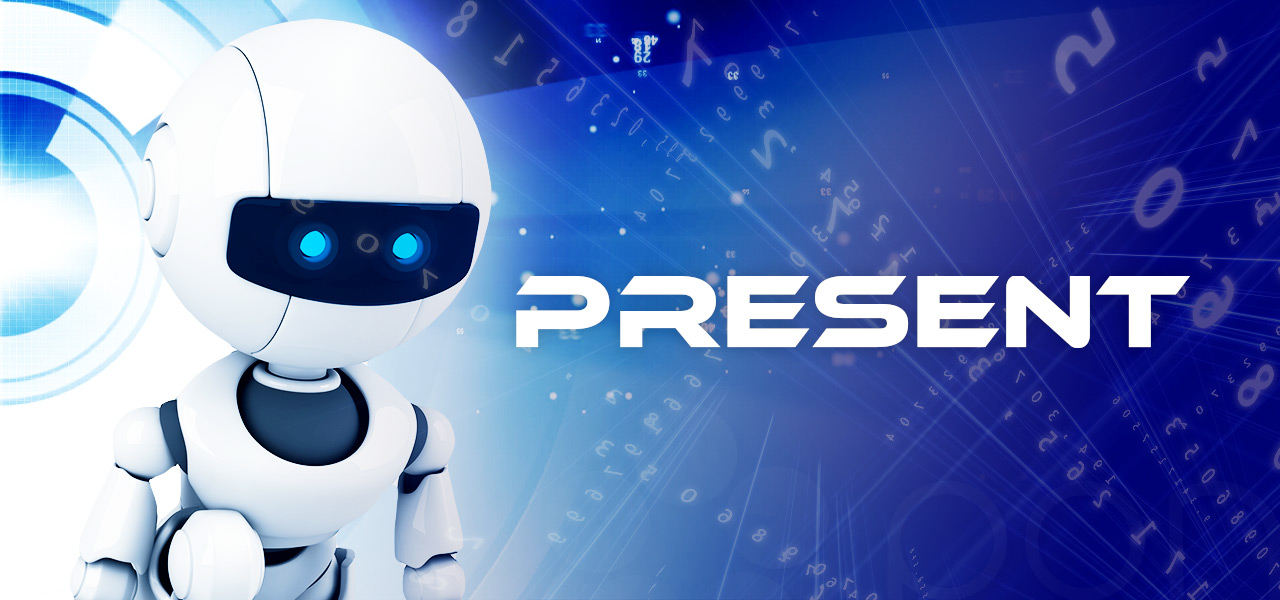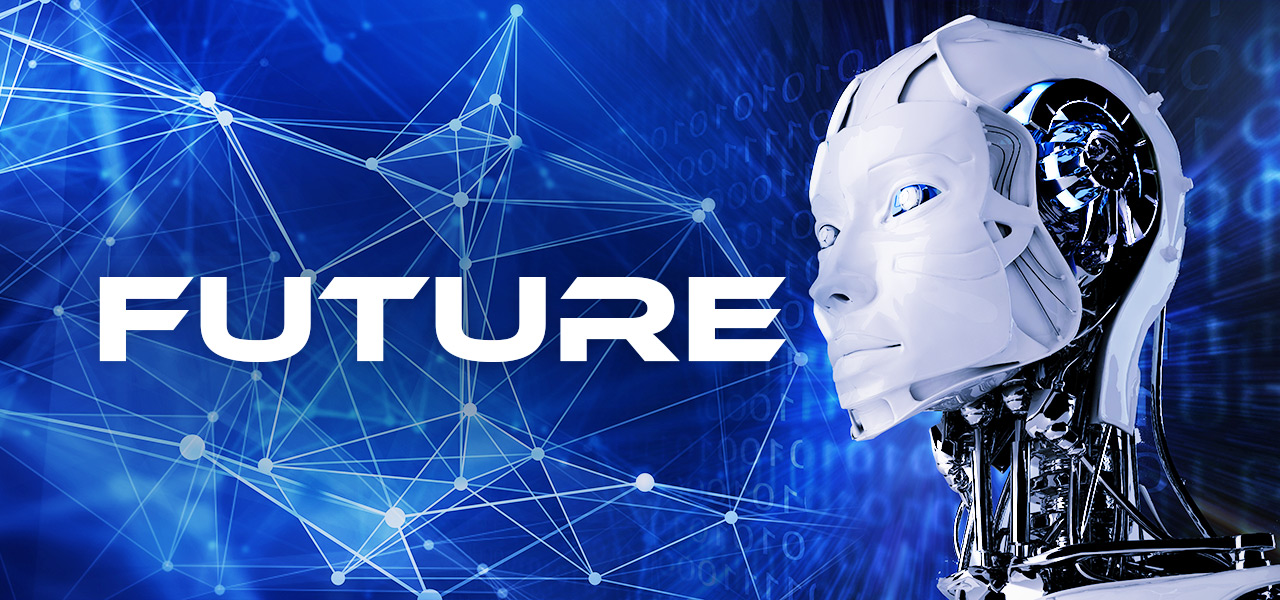
I.Sampled and learned data based intelligence
Advantages
- only data is needed
- uses methods of statistical analysis
- searching for correlation to learn
- it is able for further learning
Disadvantages
- huge amount of data is needed
- human action is needed for data interpretation and labelling
- human intelligence is needed for finding correlation
II.Knowledge based intelligence
Advantages
- learning is not needed
- small amount of data is needed
- correlation is already embedded in the knowledge structure
- able for intelligent inference
Disadvantages
- a given knowledge structure is needed, which is usually imperfect
- it is not able for further learning

III. Sampled and learned data based intelligence
- Fisher-information maximization machines
- faster and more precise approximation through quantum computing
- automation of correlation search and knowledge extraction
IV.Knowledge based intelligence
- finding the mathematical foundation of intelligence
- direct approach to find the process driving intelligence
- automated knowledge-modelling and engineering
Since the two approaches are complementing each other it is reasonable to integrate their development – through hierarchical reinforced learning – which could lead to a Human-compatible Artificial Intelligence.
Artificial Intelligence (AI)
The main focus of this group is to transfer the novel theoretical models of intelligence, created by the Institute’s theoretical faculty, into applied programming and hardware technologies. In this regard, the main target is to lunch a software development project, whose aim is to create such a highly advanced programming language through which the matrix logic based higher logical intelligent algorithms can be applied in different knowledge bases, which can also be linked to the nowadays used neural-network based programming and hardware approaches. Nowadays AI programming and developments – especially the so-called deep neural networks or learning approaches – are achieved with special AI modules which were designed to already existing programming languages (like MATLAB, Python, C and C++, etc.) For accelerating these developments and to handle in a unified manner the useful systems and their use in further developments, it would be more reasonable to unify them in a new programming architecture. This new programming architecture will integrate all those elements which are needed in all AI designs, such as:
• intelligent agent design module
• logical agent module
• knowledge structures and knowledge base representation module
• learning and teaching assisting agent module
• etc…
Big software companies, like Google, are already giving access to their hardware background and AI algorithms in clouds, but our approach is different from these.
The construction of the above mentioned targeted AI development programming architecture and its layers has already been started through our Institute’s AI projects and through the theoretical researches on intelligence, as well. The next development steps are:
• Uncovering the functional bases of mathematical intelligence and reverse engineering its
logical function, the mathematical description of the function of intelligence.
• Intelligent matrix polynomials, superfluid mathematics.
• Self-structured knowledge-bases, achieving automated self-learning.
Our research and development aims are not just timely, but they contain already the future AI development avenues, as well. So our AI products (like the biotechnological AI research assistant) could generate a market leading position for our partners.
The other main feature of our development is that it offers a unique solution not just for the software based approach to strong AI, but also to avoid those social problems such an AI could possibly create. We could boldly say that at present this is the only solution for these problems, which of course will be recognized and realized by the AI developers in the nearby future, too. Since, by creating and utilizing a unified and standardized AI development programming architecture, all the developments are naturally centralized and could easily be followed by and audited. This is very important, since the AI development platform itself – through the back creation effect of the self-learning routines – will become a strong AI, too. However, till the time this happen – because of its role in the AI system developments – its referring back to a human component will also be strongly embedded in its function, which will naturally create its functional limit as a pure AI development machine assistant!
Group members:
István Dienes Principal Scientist (IARIP)
BSc., MSCI, control-engineer, matrix logic based quantum information modelling of intelligent conscious processes and self-awareness
Professor Diego L. Rapoport
PhD., mathematical-physicist, matrix logic based modelling of intelligence
Professor Alex Hankey
PhD., MIT trained theoretical physicist, expert in modelling consciousness and intelligent processes
Zoltán Szlávik
PhD. applied mathematician, machine sight and cognitive process modelling
László Répászky
Creator of the strategy “The-Life! Pure Body Technology”
 Mid term
Mid term
project plans


 Magyar
Magyar